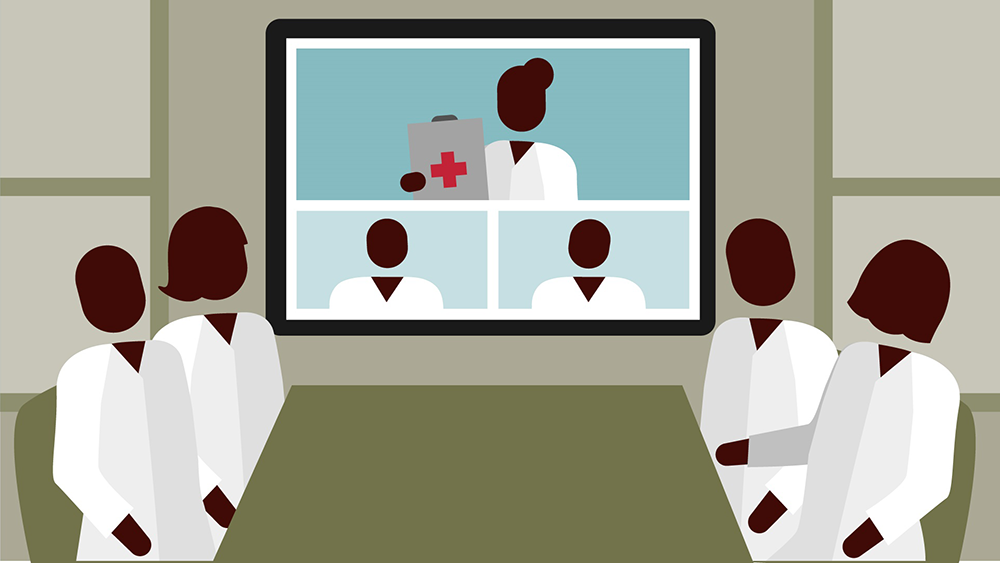What if everyone could get the high-quality services they need, from local people they know and trust?
Project ECHO was launched in 2003 by Sanjiv Arora,MD a liver disease specialist at the University of New Mexico Health Sciences Center in Albuquerque, New Mexico. He was frustrated that he could only serve a fraction of the hepatitis C patients in the state. He wanted to serve as many patients with hepatitis C as possible, so he created a free, educational model and mentored rural community providers in how to treat the condition.
How ECHO Works

The sessions, designed around case-based learning and mentorship, help local workers gain the expertise required to provide needed services.
Providers gain skills and confidence; specialists learn new approaches for applying their knowledge across diverse cultural and geographical contexts. As the capacity of the local workforce increases, lives improve.
The Principles of the ECHO Model
- Amplification - use technology to leverage scarce resources
- Best practices - to reduce disparity
- Case-based learning - to master complexity
- Data - monitor outcomes with our web-based database
All Teach, All Learn
When all the principles are applied, a learning community in which "All Teach and All Learn" comes together. This includes:
- Interactive Components
- Guided Practice
- Ongoing Mentorship
- Peer-to-Peer Learning
- Collaborative Problem Solving


